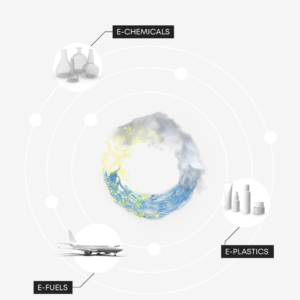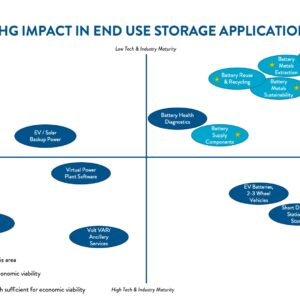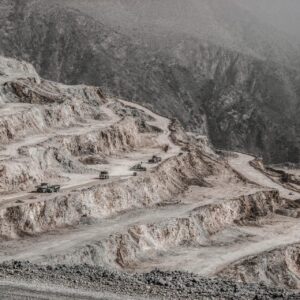
Why We Invested in OxCCU: The Lowest-Cost, Drop-In Solution to Decarbonize Aviation
By Peter Sopher & Maude Hoffman Globally, aviation is responsible for nearly 3% of human-caused greenhouse gas (“GHG”) emissions, and it’s an especially difficult sector to decarbonize due to energy




